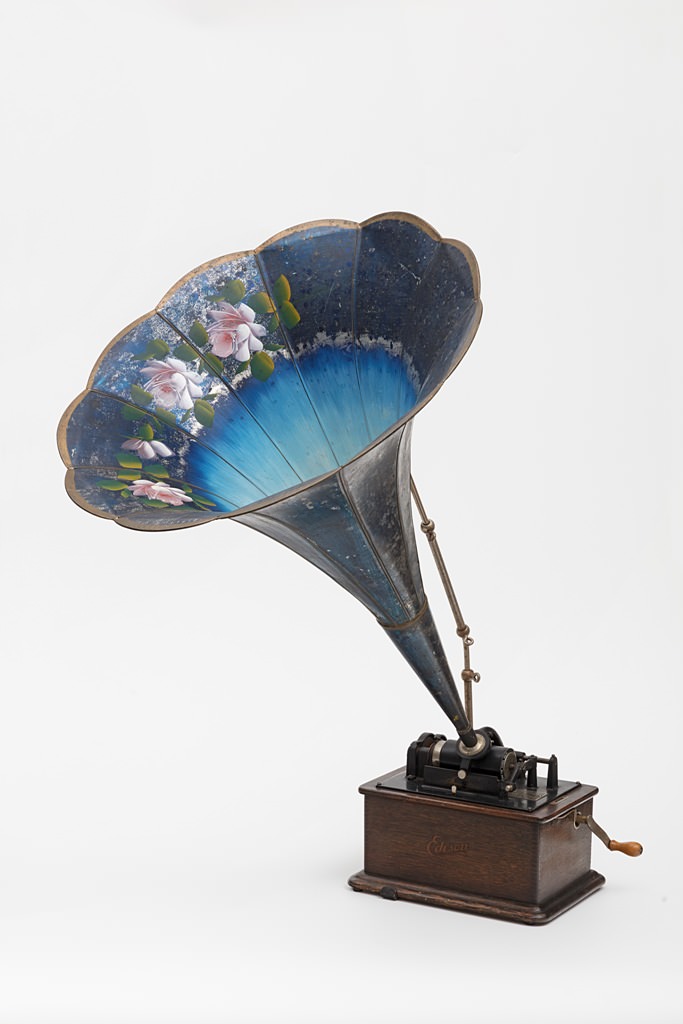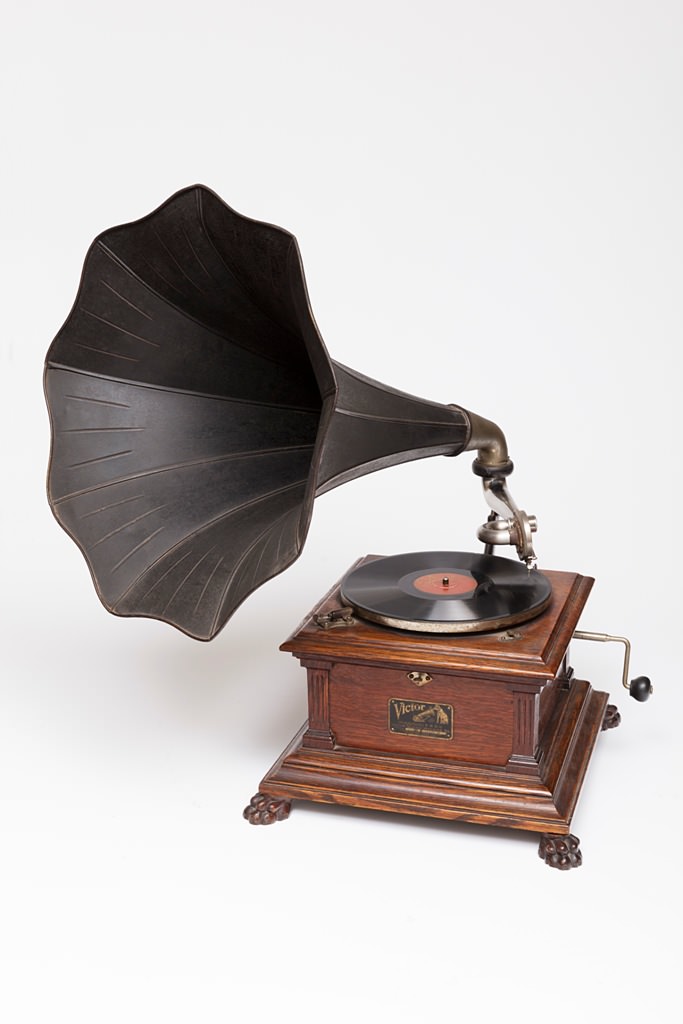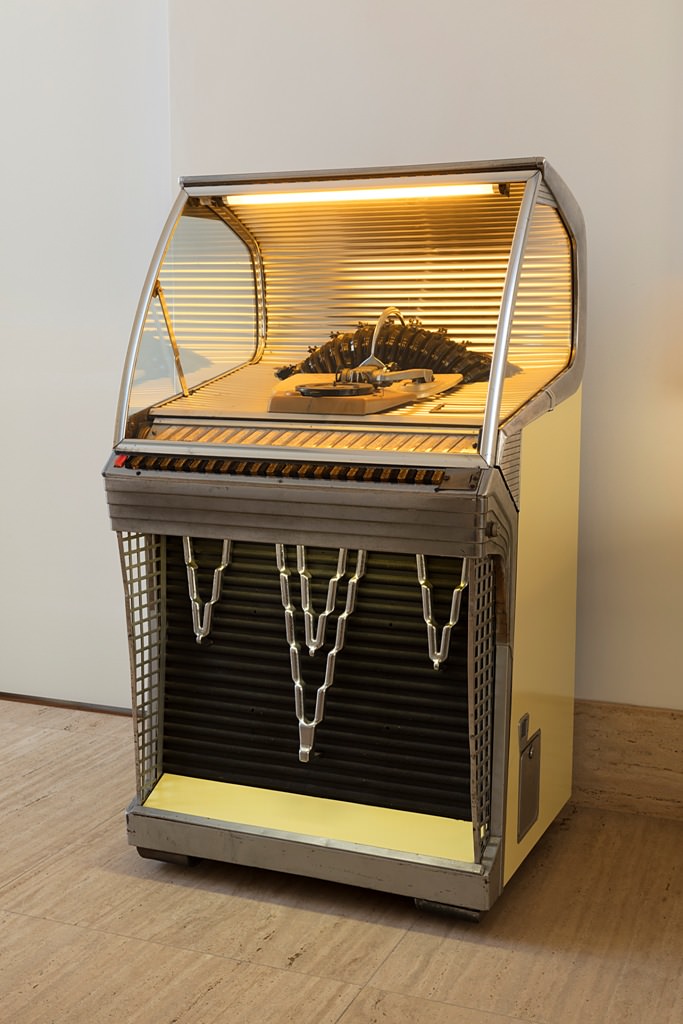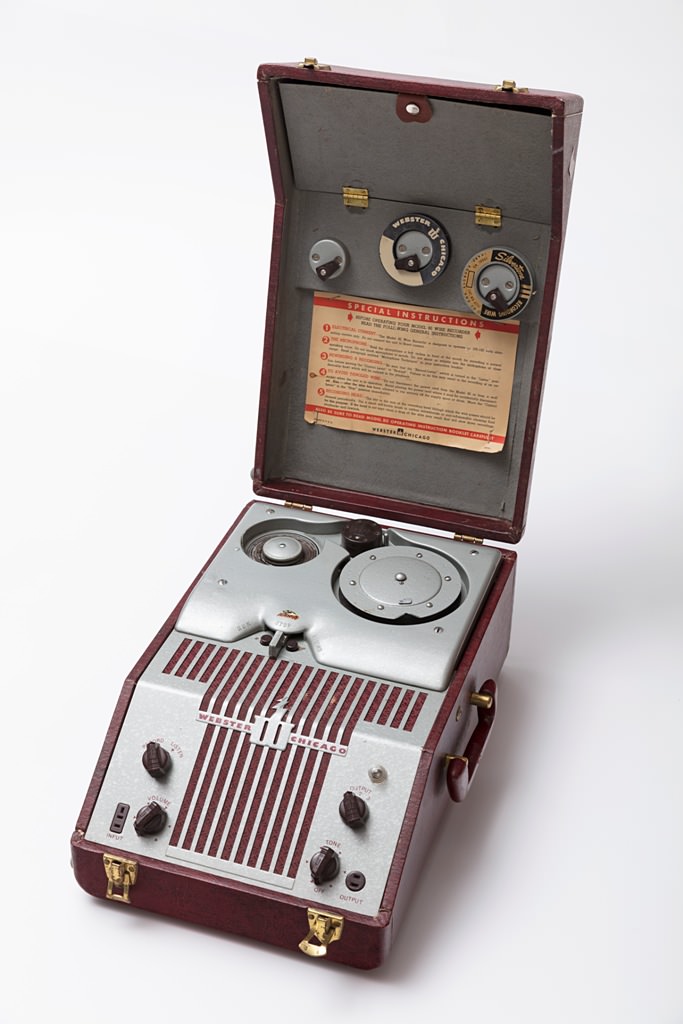Curated by composer and music producer Leo Leibovich the exhibition OF THE TOUCH CLICK - THE HISTORY OF AUTOMATIC MUSIC provide a real time travel, showing from the first music boxes to the present players
The automatic music evolved touch to click through various types of machines and media, morphing technology, recreating and revolutionizing social habits. To show the public that evolution of programmed music, the SESC Vila Mariana features from day 13 April, Friday (Opening day for guests 12 April, às 19h30), the exhibition OF THE TOUCH CLICK - THE HISTORY OF AUTOMATIC MUSIC, that chronological account of the main stages that make up this technological revolution and its role in the history of mankind.
The exhibition brings together a collection of ancient pieces - from Europe and the United States - consisting of music boxes, automata, realejos, phonographs, gramophone, vitrolas, jukebox and many other items dating from 1820 till today, totaling about 100 parts.
A set design and a special ambiance were also created to receive the show, plus a soundscape with ambient sounds. Some exhibition pieces (11 in total) They have videos where the public can see the operation of the works, as well as listen to them.
music boxes
Lion Leibovich explains that today we can only listen to music on mobile thanks to the old street barrel organs. "Throughout history until the turn of the century 19, to listen to music at home, It had to be a singer or a musician in the family. Otherwise, only even hiring an artist. Enjoy music was a privilege for the lucky few who could go to theaters or occasional fun for many who did not care to stay in public places, in the heat or cold, dancing to the street barrel organs. "
"On the eve of the Industrial Revolution, Swiss watchmakers and Germans began an important and irreversible process for the future of music in the world. Joy began to enter people's homes through small powered machines to the rope. Were music boxes. As the barrel organs, they reproduced, through a preset roller system, the hits of the season full of arias, polkas and waltzes. For nearly one hundred years the world followed the progress of dozens of machines and increasingly sophisticated media and for all tastes and budgets. But only from the Edison phonograph invention was possible to record and reproduce the sound as it is. Including a human voice ", account curator.
The touch
The programmed music concept only came about because our ancestors dreamed of instruments capable of performing an entire song with a simple touch, rotate as a crank or a lever trigger.
wonderful machines that touch alone, without the need for a musician or performer, They were developed from very ancient people. To the inventors, automation meant not just entertainment, but a commodity in the execution of pre-programmed tasks to a simple command. For ordinary people the result was surprising. As a touch of magic to music has become the first of the seven arts.
click
The century 20 brought much improvement to old requirements as new technologies to meet the various demands. electronic, electrical recordings, the improvement of magnetism and, mainly, the race for portability. Radio and TV inaugurated the Information Age, and there would only be room in the market for simple and practical equipment. People no longer wanted to be turning a crank to get a sound, note by note. They wanted to swap electronics media automatically and worked with just one click.
With the future in vogue, computing and nanotechnology also earned their space and thousands of possibilities were a mouse click. The internet has accelerated the process of information and programmed music could not be left out. The devices become more compact to fit in a small pocket. The media decreased in size to disappear completely from the physical plane. Currently, the music is shared through wireless systems such as wi-fi and bluetooth.
The automatic music evolved touch to click through various types of machines and media, morphing technology, recreating and revolutionizing social habits. "Today's digital platforms ended the need for a specific device to listen to music. Smartphones and players for all budgets and tastes are capable of this and much more. We no longer look for the music, music meets us wherever we are ", believes Lion.
Sign up to receive Event News
and the Universe of Arts first!
Educational
OF THE TOUCH CLICK - THE HISTORY OF AUTOMATIC MUSIC It will have an integrated programming and workshops. The exhibition will also include, throughout the period, with a specific educational proposal. A team of educators will have a fundamental role in the mediation of the exhibition contents with the visitors and activation of reflections on the evolution of automatic music during the Western History. Schedules groups are conducted by e-mail agendamento@vilamariana.sescsp.org.br
For script:
THE TOUCH TO CLICK – HISTORY OF AUTOMATIC MUSIC
Opening -Day 12 April 2018, Thursday, às 19h30. Visitation -Of 13 April to 29 th July 2018, Tuesdays to Fridays, from 10:0 to 9:30 pm; Saturdays, from 10h to 20h30; Sundays and holidays, from 10:0 to 6:30 pm. Atrium - 1st floor - Tower A and Area Word - 5th floor - Tower The SESC Vila Mariana. Free. Free.
Parking lot: R$ 5,50 the first time + R$ 2,00 for additional time (Full Credential: worker in trade in goods, services and tourism at Sesc and enrolled dependents). R$ 12 the first time + R$ 3,00 for additional time (other). 200 vacancies.
SESC VILA MARIANA - Pelotas Street, 141 - Vila Mariana. Phone- (11) 5080-3000. Access for disabled people. Unit operating hours -Tuesday to Friday, from 7 am to 21.30; Saturday, das 9h às 21h; and Sunday and holiday, from 9 am to 18:30. call center (Superior Floor - Tower A) - Tuesday to Friday, from 9 am to 20.30; Saturday, Sunday and holiday, from 10:0 to 6:30 pm. www.sescsp.org.br.
Facebook, Twitter e Instagram: /sescvilamariana





